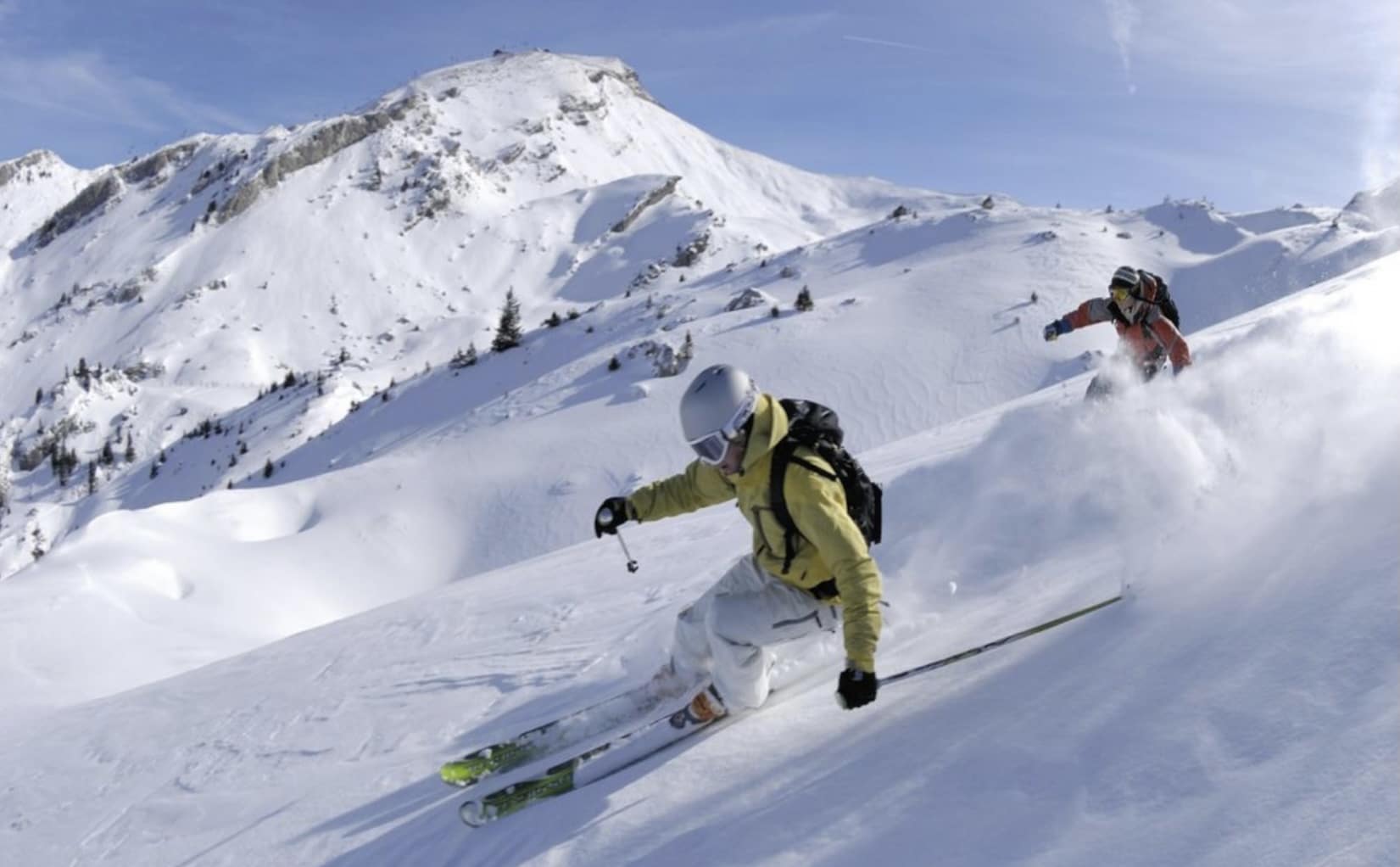Written By: Rachel Grant, MScPT, B.Kin,
It’s that time of year again and whether it's your first time clipping into your bindings or you are a seasoned skier, prevention of knee injuries should be at the top of your mind.
The knee joint is composed of bones, cartilage, ligaments and tendons. The most common knee injuries related to skiing include damage to the ligaments; a ligament is a short band of tough fibrous tissue that connects bone to bone. Meniscus or cartilage injuries within the knee itself are the second most most common injuries. The four primary ligaments in your knee hold the bones together to help stabilize your knee. The knee can become easily injured because it relies heavily on the ligaments, meniscus, cartilage and the surrounding musculature for stability.
Skiing is a sport that tests the ligaments and supporting structures in the knee through quick changes of direction and constant muscle contraction to maneuver down snow or ice. Strength training and targeting every muscle group of the lower limb is one way to set yourself up for a successful ski season!
Below are some examples of each lower limb area to focus on, along with an exercise example:
Hamstrings:
-Bridges, single leg bridges, Nordic curls
Quads:
-a combo of closed chain exercises where both legs are on the ground such as squats, along with open chain exercises like controlled step downs and lunges.
Hip Strengthening for Gluteus Medius and Maximus:
-Clamshells, side lying hip abduction, single leg squats
Other Important Knee Injury Prevention Tips:
-Learn proper technique with a professional if you are new to the sport
-Choose suitable runs (green, blue, black) comparable to your ability level.
-Ensure you have properly fitted equipment. Including ski's bindings, and poles. Most importantly, check your bindings are fitted to the boot you will be wearing. Non-release of bindings has been reported to be a contributor of skiing injuries in youths and adults. Release bindings which can be adjusted to a skiers ability and weight can help to prevent knee injuries.
-Lastly, add dynamic stretching to your ski routine. Warm up and general movement with short hold stretching (10-15 seconds) pre-skiing, such as when you are gearing up in the parking lot gets your muscles ready for the day. Finishing the day are-ski with static stretching will prevent possible injuries the following day.
Sadly, despite our best efforts, injuries may still happen. If you experience an injury skiing or maybe you want to ensure you are strong leading into the ski season, our team at Active Sports Therapy can design a treatment program for your specific goals today! Call the office at 403-278-1405 today to book in with our team of experts.
*This blog is not intended to officially establish a physician-patient relationship, to replace the services of a trained physician, naturopathic doctor, physical therapist or chiropractor or otherwise to be a substitute for professional medical advice, diagnosis, or treatment.



